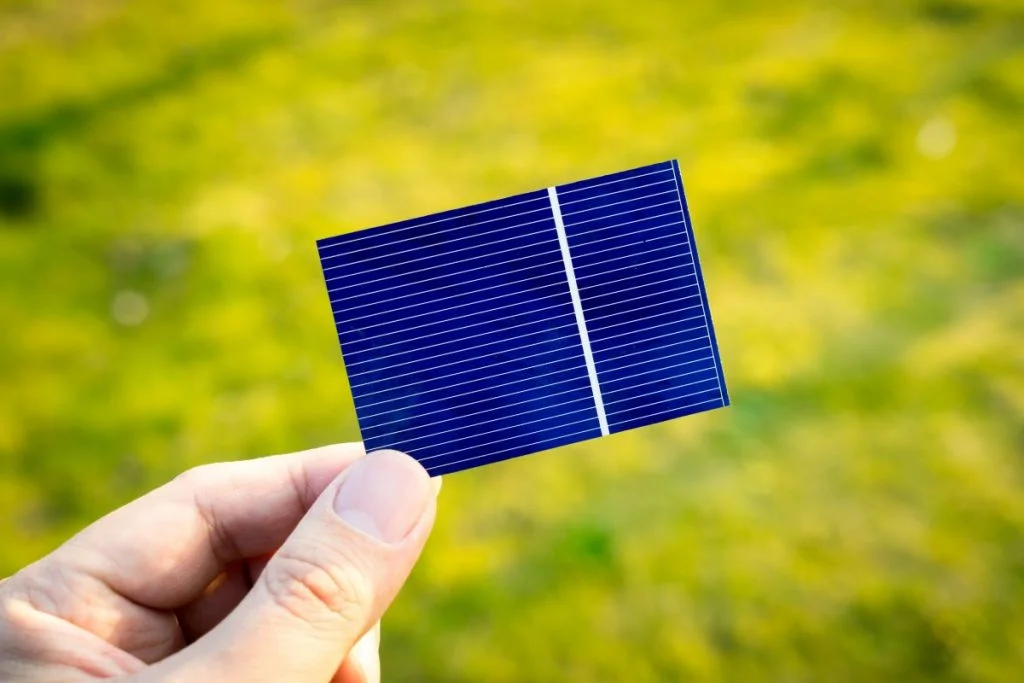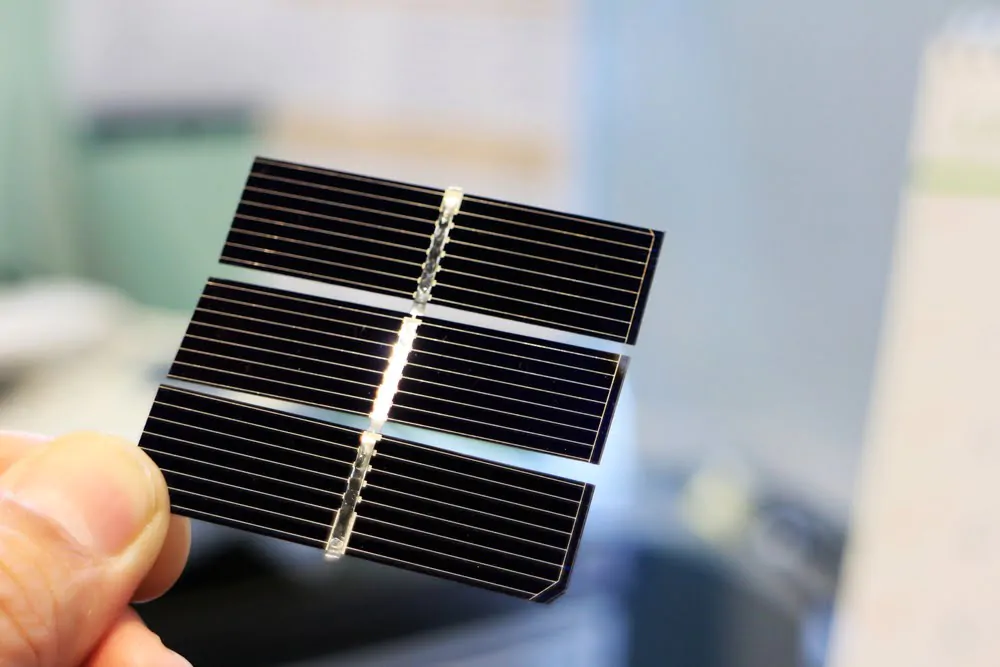Have you ever thought about how much energy the sun gives us every day? I guess so, and not just when you fall asleep on the beach without sunscreen. Apart from getting burned (always watch out for protections) this same energy can be captured and transformed into electricity through photovoltaic technology.
There is no single way to do it: there are many techniques at play, as are the progress, and the discoveries will continue to surprise us. Here are 7 different technologies we have already developed.
Concentrating to illuminate: concentrated photovoltaics
The key word here is “concentration”. Not the one you need to solve Sudoku on Sunday morning, but the one that allows you to collect and intensify sunlight on small photovoltaic cells. How to do? Using lenses or mirrors, a kind of high-tech magnifying glass. The result? An efficiency that would make a NASA engineer envious.
An example: solar “refineries”. of Heliogen: they produce temperatures of up to 1500°C.

The chemistry of the future: organic photovoltaic technology
Organic photovoltaic technology has the look and feel of plastic, but don't let appearances fool you. It involves the study of revolutionary materials that have the “superpower” of converting sunlight into electricity.
And what's better than a flexible, lightweight solar panel to take camping?

Two is better than one: double layer photovoltaic technology
Why settle for a single layer when you can have double? In the world of double-layer photovoltaic technology, two different materials work together to capture sunlight. Like a well-trained team, they improve the efficiency of the system and score a good point for clean energy.

“Slender” but powerful: thin-film photovoltaic technology
Here we are in the realm of lightness and flexibility. Thin-film photovoltaics capture sunlight using a tiny layer of semiconductor material, making solar panels a lightweight and versatile accessory. Maybe to wrap around a wind turbine, like the films of Heliasol.

Solar alchemy: hybrid solar cells
Why choose just one type of solar cell when you can have the best of both worlds? Hybrid solar cells combine two or more types of photovoltaic technology to better capture sunlight, thus improving system efficiency.
An example? PEDOT solar cells: PSS, protagonists of a study published in PNAS Nexus (I link it here)

The Sun Gem: Perovskite Solar Cells
Perovskite solar cells are like a gold nugget for the solar energy industry. This at first glance uninteresting inorganic material has the potential to produce more efficient and affordable, even equipped, solar panels of a semi-transparency which allows them to be integrated into windows.
It is one of the “great solar promises” of photovoltaic technology towards a greener future.

Looking Both Sides: Bifacial Solar Cells
Bifacial solar cells are the latest merry-go-round in the world of photovoltaic technology. The modules, capturing the light reflected on the back, guarantee an increase in production which can range between 10 and 25% more than a single-sided module. A true triumph of efficiency!
An example? The Alpinsolar system on Lake Muttsee in the canton of Glarus in Switzerland, which collects more solar energy in the winter months with the collaboration of a precious ally: the snow.

How about? How was this trip? Each of these seven stages brings us ever closer to our final destination: a greener, cleaner and more sustainable world.
You don't need a ticket to board this train: just the desire to welcome innovation and bet on the sun, our trusted star. After all, it's been there for 4,5 billion years – an investment we can count on. No?


